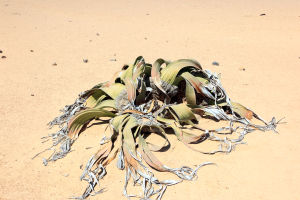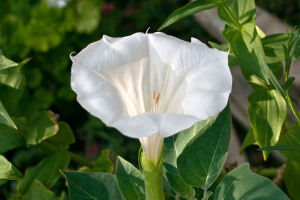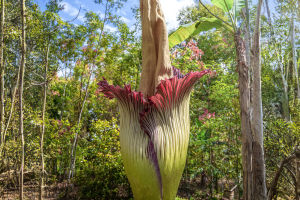When we think about insects and plants, the first image that comes to mind is probably a bee buzzing around a flower, helping with pollination. But in fact, the relationship between insects and plants goes far beyond that!
We're about to take a deeper look at this fascinating partnership. Together, we'll explore how insects and plants collaborate in unexpected ways to survive and thrive. You might be surprised at just how complex and clever these connections are!
Pollination Is Just the Beginning
Pollination is certainly an important part of the insect-plant relationship. Bees, butterflies, beetles, and even flies all help move pollen from one flower to another, enabling plants to reproduce.
But plants and insects interact in many other ways too—sometimes to help each other, and sometimes in a delicate balance of give and take. Let's dive into some of the lesser-known partnerships.
Insects as Plant Protectors
One fascinating example of insect-plant teamwork is the way some plants "hire" insects to act as bodyguards.
Take acacia trees, for instance. Certain species of acacia produce sweet nectar in small structures on their leaves—not just in their flowers. This nectar attracts ants, which in turn aggressively protect the tree from herbivores like caterpillars or large animals that might try to eat its leaves.
The ants patrol the tree 24/7, chasing away any potential threats. In exchange, the tree provides them with food and shelter. It's a win-win relationship that benefits both parties.
Seed Dispersal Through Insects
While birds and mammals are often credited with spreading seeds, some insects also play an important role in this process.
Ants are key players in what scientists call myrmecochory—seed dispersal by ants. Certain plants produce seeds with a small, nutrient-rich attachment called an elaiosome. Ants are attracted to these attachments and carry the seeds back to their nests.
Once there, they eat the elaiosome but discard the seed itself, which often ends up in nutrient-rich soil where it can germinate safely. This helps the plant spread its offspring over a larger area, away from competition with the parent plant.
Insects Shaping Plant Growth
Some plants go even further and adapt their shape and behavior based on interactions with insects.
For example, carnivorous plants like the pitcher plant and Venus flytrap rely on insects not for pollination but for food. These plants have evolved clever mechanisms to trap and digest insects, helping them survive in nutrient-poor environments.
In another case, leafcutter bees gather pieces of leaves to construct nests. In the process, they may cause certain plants to produce more defensive chemicals or to grow in different ways to better withstand the damage.
The Role of Scent and Sound
Plants also use scent and sound to communicate with insects in subtle ways. Many flowers release specific scents to attract certain insects, while others can adjust their scent output depending on whether they have already been pollinated.
Some studies even suggest that plants can respond to the sound of buzzing bees by increasing their nectar production—ensuring that visiting insects get a bigger reward and are encouraged to return.
Why This Matters
Experts like Dr. Nico Blüthgen, an ecologist from Technical University of Darmstadt, highlight that these interactions are crucial to ecosystem health. "The more diverse these partnerships are, the more resilient the ecosystem becomes," says Dr. Blüthgen.
Understanding these relationships helps us see why protecting insect populations is so important—not just for flowers and fruit, but for the entire food chain.
How We Can Support These Partnerships
As plant lovers and gardeners, there are simple things we can do to help support these valuable insect-plant interactions:
• Plant a variety of flowers that bloom at different times to provide year-round food for pollinators.
• Avoid harsh chemicals in gardens that may harm beneficial insects like ants or bees.
• Leave natural spaces in your yard where ants and other helpful insects can thrive.
By doing so, we not only enjoy a more vibrant garden but also contribute to the well-being of our broader ecosystem.
Let's Celebrate Nature's Teamwork!
The more we learn about the world of plants and insects, the more we realize that life on Earth is deeply interconnected. Next time you see an ant crawling on a tree or a bee buzzing around your flowers, remember—they might be doing more than meets the eye!
Have you noticed any interesting insect-plant interactions in your own garden or on a nature walk? We'd love to hear your stories. Share them with us and let's keep exploring the wonders of nature together! 🌸🦋🌿


